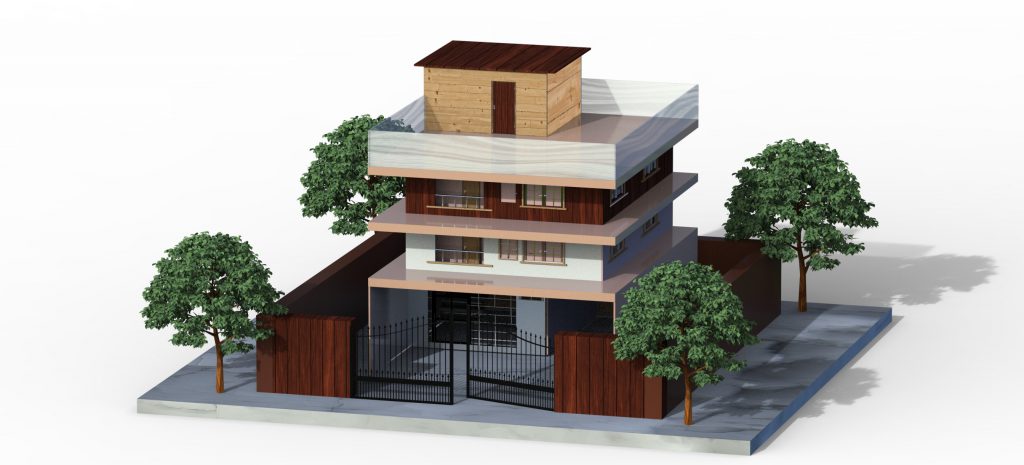3D Models for Construction

3D models play a crucial role in the construction industry, as they help architects, engineers, contractors, and other stakeholders visualize, plan, and execute construction projects more efficiently.
1. Architectural Visualization: Architects often create 3D models to provide clients with a realistic visualization of the proposed building or structure. These models can include exterior and interior details, helping clients better understand the design.
2. BIM (Building Information Modeling): BIM is a comprehensive approach that uses 3D modeling to manage the entire construction process. It includes not only the visual representation of the building but also data about each element’s specifications, materials, cost, and more. BIM enhances collaboration and project management.
3. Design and Planning: 3D models allow for more accurate design and planning. Architects and engineers can detect clashes and conflicts early in the design phase, reducing the need for costly changes during construction.
4. Site Analysis: 3D models can incorporate geographic information system (GIS) data to help analyze the construction site, including terrain, topography, and environmental factors. This aids in site selection and project feasibility studies.
5.Construction Sequencing: Creating 3D models of construction sequences helps project managers and contractors plan and visualize the order of construction activities. This ensures smoother project execution and minimizes delays.
6.Cost Estimation: 3D models can be linked to cost estimation software, allowing for more accurate budgeting and cost tracking throughout the project’s lifecycle.
7. Safety Planning: 3D models can be used to simulate safety procedures and identify potential hazards on the construction site, helping to develop safety plans and mitigate risks.
8. Client Communication: 3D models are excellent communication tools for explaining complex construction concepts to clients, investors, and other stakeholders who may not have a technical background.
9. Prefabrication and Modular Construction: 3D models are essential in the growing trend of prefabrication and modular construction. Manufacturers can create components based on precise 3D models, ensuring they fit perfectly during assembly.
10.Maintenance and Facility Management: After construction, 3D models can continue to be valuable for facility management, as they provide a digital representation of the building that can be used for maintenance and renovation projects.
To create 3D models for construction, various software tools are available, including Autodesk Revit, AutoCAD, SketchUp, and more. These tools allow professionals to design, visualize, and manage construction projects in 3D. Additionally, specialized firms and professionals with expertise in 3D modeling for construction can be hired to assist in the process.